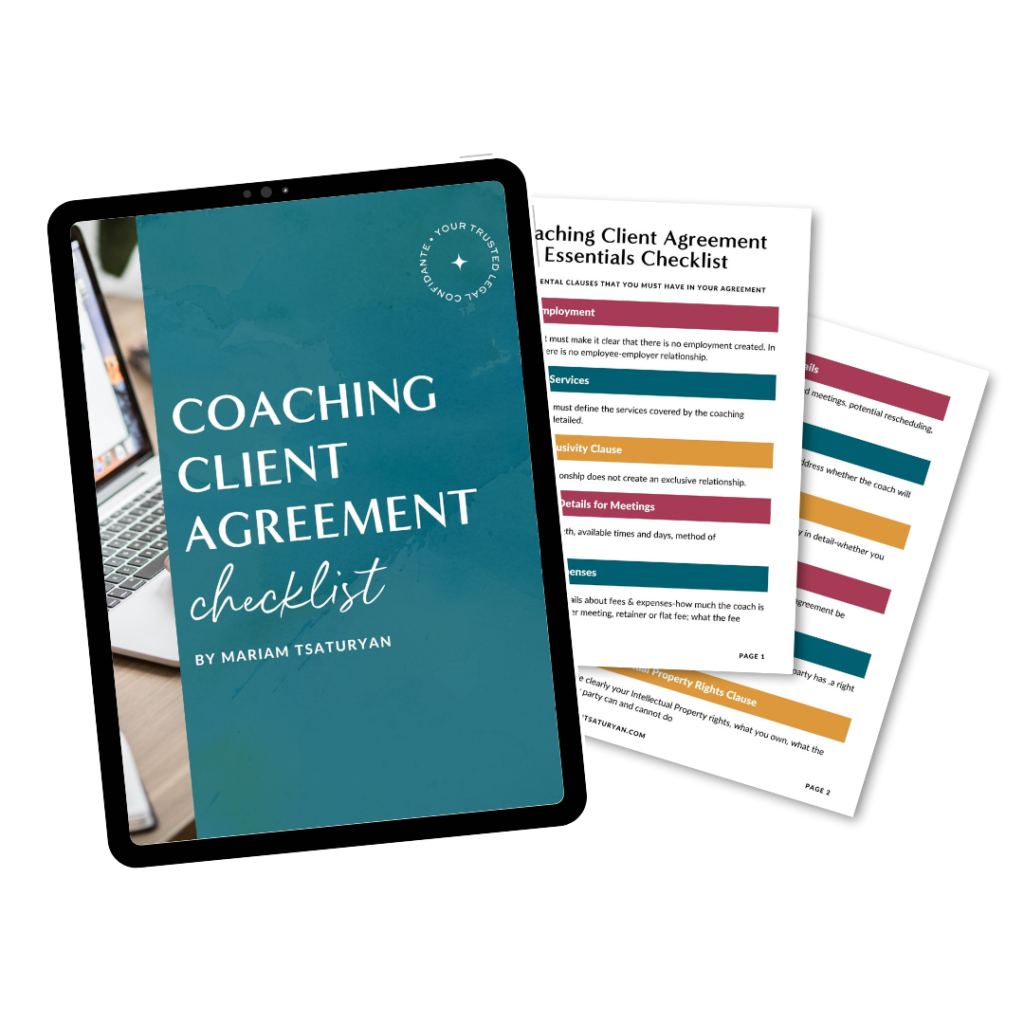HOW TO WRITE CAPTIVATING BLOG POST
To run a successful blog that has plenty of readers and subscribers, your content is important. You need to be able to draw the reader in. Your writing should interest them enough to want to spend valuable time reading it. Being a great writer, however, is not synonymous with being a great blog writer. Writing a great blog post involves a different set of rules than writing an article for a newspaper publication.
As with any other subject, different people will have their own rules that they go by and will swear that it is the proper way of doing things. I don’t believe in one universal method when it comes to writing. Writing takes in the personality and style of the writer. Therefore, no two writings are ever the same.
With this said, however, there are some universal truths that most, if not all, great bloggers use to keep their content interesting and read worthy. Let’s face it. You can talk about amazingly exciting subjects, but if it’s not accessible to your reader through your writing, they will not spend time reading it. This will cost you blog traffic, decrease your social media shares and exposure in general.
Here is my list of points that a great blog post must have:
- Engaging title/Headline
- Short paragraphs
- Simple and accessible language
- Subheadings
- White space on your post
- Pictures/graphics/illustrations
- Content that is
- Actionable
- Makes readers feel something
- Motivational or feel good
- Scannable
Let’s delve in a little deeper into each point.
Title or headline is the first part the reader sees-make it interesting
The title of your post should be descriptive. This means that a reader should be able to tell what your content is about. Being descriptive doesn’t mean that it should be boring though. Regardless of what your title is, it should draw attention to itself.
Question format titles and headings
Some people like to format their titles as questions. As human beings, we are curious by nature and will want to open the post and read what it says. We want to know if the author provided an answer to the question.
Here is the thing though. The titles that are formatted as questions need to be open-ended questions. Moreover, it can’t be something so outrageously impossible, that nobody bothers to read and open because they think it’s going to be a waste of time. Also, if the question is such that you can answer with a clear “yes” or “no,” then it will not result in a lot of readerships.
For example, a title like this one might intrigue people – “Are Men More Likely to Cheat than Women According to Science?” If you see the heading, you might be intrigued, or even offended. Either way, it will compel you to click on the post and read the response.
But, check out this question – “Will There Ever Be a Zombie Apocalypse?” Now I know that some people will click on this title, but it won’t be the majority of people. You see, when you read this title, you automatically answer “no.” Therefore, most of us will not bother to read what the post says anymore because we know that we won’t get anything useful and valuable out of it.
This goes back to the key secret to writing the best post-your readers must be able to get something out of it.
“How to” formatted titles
“How to” titles are very popular for a reason. These headings usually tell the reader that it’s going to teach them something or explain something. As mentioned already, readers want to get something useful out of content they are putting the time in to read. A lot of guides and instructions e-books’ titles start with “How to…” An example of this is ProBlogger’s Darren Rowse podcast called “How to Create Blog Posts That People Remember.” Let’s not forget the title of this very post, “How to Write Captivating Blog Content.” There are many more titles that with “How to…”.
List formatted titles
List formatted titles, as I call them, are the ones that specify a number and some way to do something. For example, “7 Clever Tricks That Will Make You a Better Negotiator” by Derek Halpern of Social Triggers. These types of titles are usually accompanied by lists or bullet point ideas. You know that you’re going to get 7 specific tricks to become a better negotiator. This type of title is also appealing because it promises to teach us new things or new ways of doing things.
There are many more different ways to title a post, but these are the most common ones.
Keep Your Paragraphs Short
A golden rule in blogging is that you absolutely must keep your paragraphs short. Blogs are supposed to be easy and fast to read. When you write a paragraph that is comprised of 5 or more sentences, it can look very daunting to read.
Keep your paragraphs 2-4 sentences at most. I even have 1 sentence paragraphs.
Use Simple and Accessible Language in Your Post
Sounding smart is great. A lot of us like to sound smart. In fact, when we were in school or college, we would even use the Thesaurus to find synonymous with simple words that sounded smarter. I am here to tell you that those days are long gone. Maybe it still exists in academic circles, but in the blogging world, less is more.
Your readers are going to be from different backgrounds, different education levels, and some might not even speak English very well if it’s not their first language. You should always keep your readers in mind.
Use simple language. However, don’t make your post boring or repetitive.
Also, according to Liz in her post for SmartBlogger, aside from using simple language, avoid the use of excessive metaphors, jargons because this kind of language is not understandable for everyone.
Write it in a way that would be understandable for your audience. At the end of the day, if you don’t have an audience, you don’t really have a successful blog.
Use Subheadings for Your Post
I cannot stress this enough. Always use subheadings in your writing. Subheadings organize your writing. They also allow your audience to know what you’re going to talk about in advance. If your reader is not interested in whatever you talk about in that section, they can quickly move to another subheading that they thought would be useful for them. Moreover, Google likes subheadings, and it can improve your rankings.
Moreover, subheadings divide up your writing, they add some much needed white space. When you have subheadings, reading a 3000-word post does not seem daunting. But try to read that same amount without subheadings, and you will be overwhelmed. Most people wouldn’t even try to read that because right off the bat it looks like it’s a lot of writing.
Choose subheadings that are descriptive of what you’re going to talk about in that section. Don’t make it too fancy where your reader must guess what you meant by that.
You Need to Have Some White Space on Your Post
The subheading is pretty much explanatory. This means that you don’t want to fill up every single part of your page with text. Leave some blank spaces. If possible, use some bullet points, insert a blockquote. Make sure that the text on the screen of your reader’s computer is not so overwhelming that they decide to just skip it and not read it altogether.
Use Images and Illustrations to Help Your Reader Take a Breather and Focus
Very few people want to read 2000-3000 word post without any images. It’s hard to concentrate for long periods of time, especially with all the distractions around us. Having some images in your post is both visually appealing and necessary to keep your reader engaged.
The pictures or graphs and illustrations provide a mental break for the reader. They can regroup and continue reading your post.
The name of the game is balance, my friends. If you overload your post with too many pictures or images, now it can distract your reader from reading and finishing your post. Read this post by Neil Patel called “How to Get Your Blog Posts Read” where he talks about most of the points we touched in this article.
Your Content Must Be Either Actionable or Make Your Readers Feel Something
Following all the rules and guidelines for writing a great post means nothing if your content is not interesting. It should provoke and ignite something in your reader. It can be informational filled with advice and tips that your reader can use.
Content can also be such that makes people feel something. Whether it’s happiness, sadness, surprise, frustration, it’s up to you. However, the fact that it must be emotion or feeling provoking content is for sure.
Make sure that your voice and personality shows through your writing. Keep it exciting, educational, or motivational.
Your Post Should Be Scannable
What does scannable post mean? If your readers look at your post, he or she should be able to scan it quickly and have an idea about the post.
All the points that I touched on above, such as subheadings, white space, bullet points, help to make your post scannable. Do not fill up your post with text so much that your reader must read every single word before they will have an idea what you’re writing about.
Blogging is all about predicting what your readers want. Readers don’t want to be exhausted by trying to figure out what the post is about. They want to have the option of scanning it if need be.
Conclusion
Writing a perfect blog post is important for many reasons. One of these reasons is to attract readers to your blog. The way your blog post is written will have a lot of weight with readers. A great blog post should have a good title, short paragraphs, be written in a simple and accessible language, have subheadings, include some white space, create content that is actionable or thought-provoking, and make your posts scannable.
For details on each point, please refer to the points above. Comment after this point and get in touch with me. I want to know if you have any specific guidelines that you organize your blog post with. If you liked the content, please subscribe and share.




Thanks for sharing the informative post.
Very informative post. Thanks for sharing
You’re welcome. Thank you for visiting my page.
I used to feel silly writing all those subheadings but they help SO much, you’re totally right! Breaks up the page and helps make them scannable. Thanks for the great tips!
Yup, makes the reading way easier. Thanks for commenting.